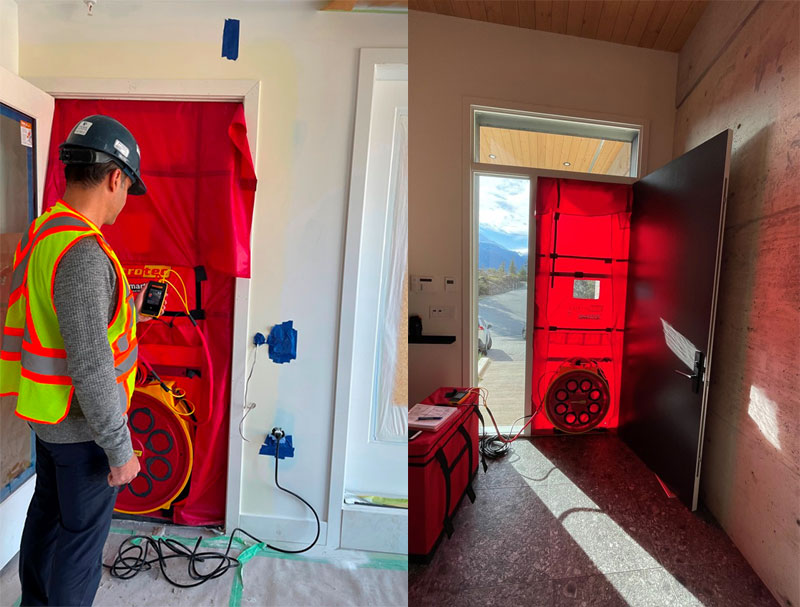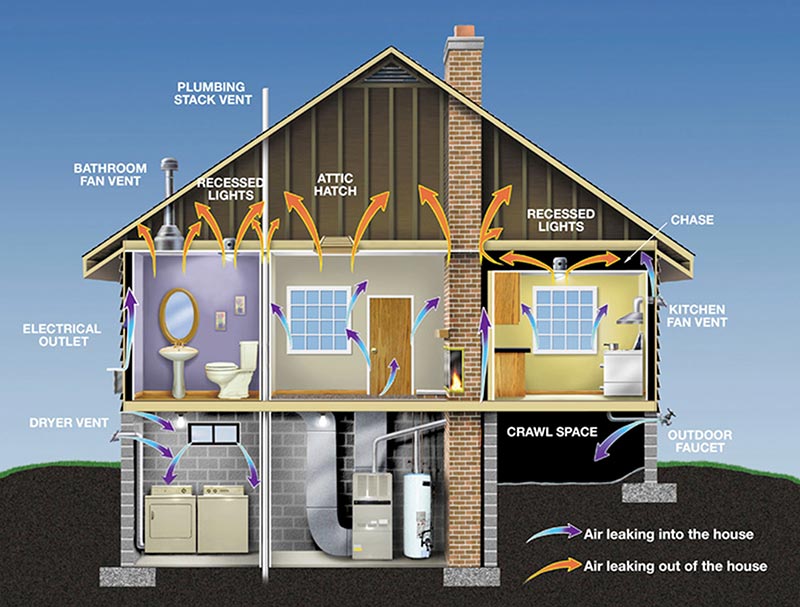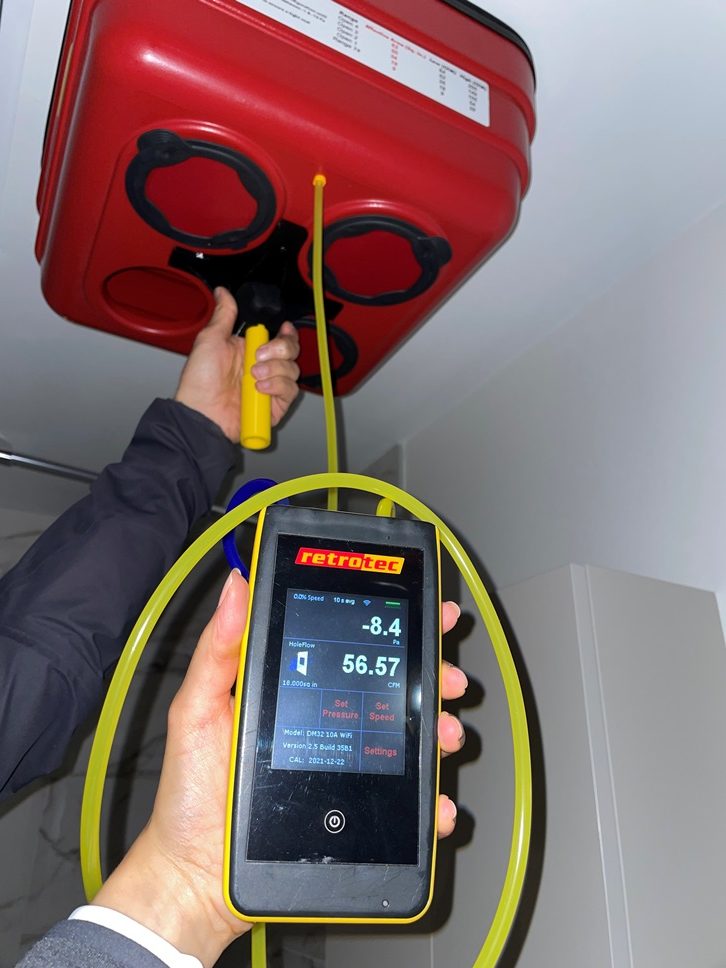Get Free Consultation!
We are ready to answer right now! Sign up for a free consultation.
I consent to the processing of personal data and agree with the user agreement and privacy policy
We are ready to answer right now! Sign up for a free consultation.
I consent to the processing of personal data and agree with the user agreement and privacy policy
We are ready to answer right now! Sign up for a free consultation.
I consent to the processing of personal data and agree with the user agreement and privacy policy


The Step Code requires buildings to achieve a specific level of air tightness. This is done by conducting Air Leakage Testing during construction. We have experienced staff that can conduct air leakage testing and provides compliance reports.
Building air leakage account for about 25% of space heating for large buildings. Airtightness testing is a great tool to assess existing building performance, and it is also mandatory for new construction under most new energy standards. Home performance ratings such as LEED® or BC Step Code require reduced air leakage and have prescriptive requirements for air tightness.
Airtightness testing helps save energy and money, improves occupants’ thermal comfort, and increases the durability of building enclosure assemblies. We offer whole-building airtightness testing for a wide range of buildings.
It should be noted that for new construction, there may be an airtightness target to achieve, so it is highly recommended to have an airtightness testing at the mid-construction stage and before occupancy to identify areas where the envelope is leaking and to determine the air-tightness level of the project when it’s still easy to reach and fix.

Homes need ventilation to maintain acceptable indoor air quality (IAQ). Building codes increasingly require tighter homes and mechanical ventilation per ASHRAE Standard 62. These ventilation flows must be measured so that energy is not wasted with overventilation and occupants’ health is not compromised by underventilation.
It is important to measure mechanical ventilation flows accurately because installed ventilation systems do not always perform as expected. If ventilation flows are too low, indoor air quality can be compromised due to elevated levels of indoor contaminants. Conversely, ventilation flows that are too high require greater fan power and additional energy to condition the incoming supply or make-up air. Unbalanced ventilation flows can also depressurize a home and potentially cause back drafting and spillage of hazardous combustion appliance emissions into the living space. Exhaust fans in bathrooms and kitchens are used to control specific pollution sources such as cooking and combustion by products as well as moisture and odor. Accordingly, it is very important to verify the flow rates of the mechanical systems via direct measurement, that’s the reason why some building performance standards like LEED® require both whole building and local exhaust fan flow measurement.
